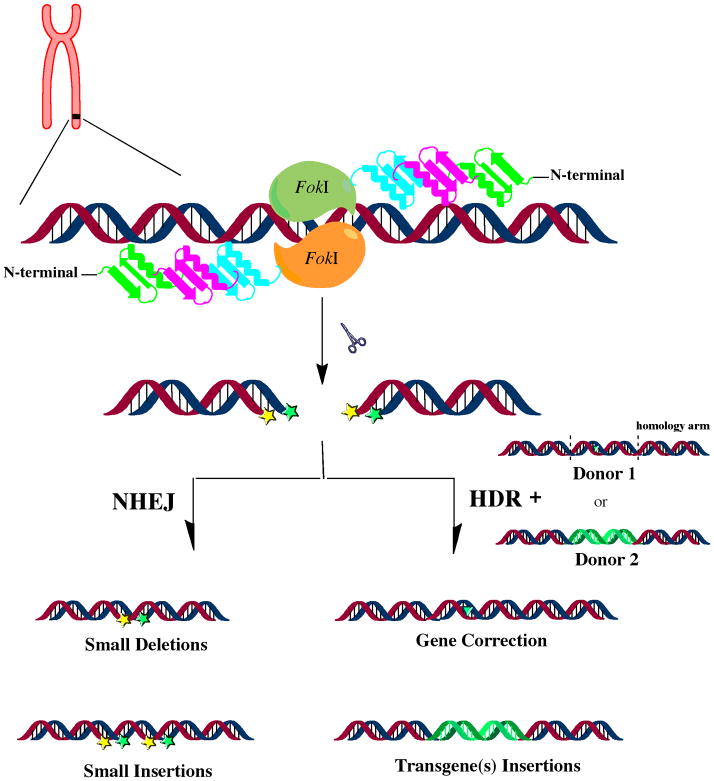Fig. 1. The components and mechanisms of Zinc Finger Nuclease (ZFN).
ZFN is composed of a three-finger binding domain and a FokI nuclease cleavage domain that are connected by a linker. Each finger binds to three base pairs. Site-specific double strand break (DSB) can be induced by ZFN at endogenous loci. The repair process leads to small gene deletions or insertions in non-homologous end joining (NHEJ) pathway. Corrected-gene or transgene (one or multiple) can be integrated into the mutant gene by an alternative mechanism, homology-directed repair (HDR), while co-expressing ZFN and donor DNA.

